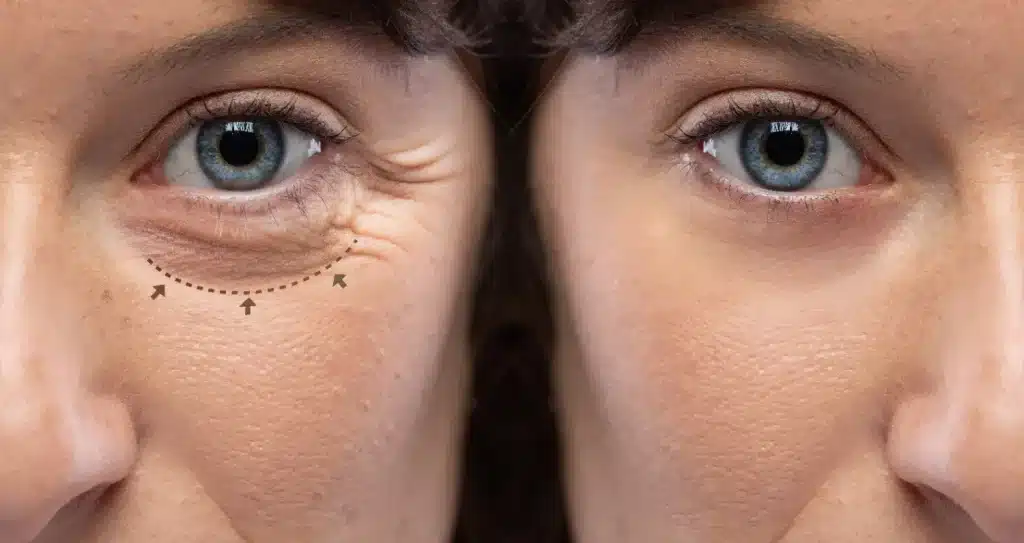According to the Family Planning 2030 report, 38% of women discontinue modern contraceptive methods such as IUDs and arm implants for reasons beyond pregnancy. Factors like health concerns, side effects, and shifting lifestyle preferences often drive these decisions.
Nexplanon, a widely-used contraceptive implant, stands out for its convenience and effectiveness. However, like all contraceptives, it may cause side effects that prompt some women to opt for removal. Understanding what happens after Nexplanon removal is key to navigating this transition and maintaining overall well-being.
In this article, we will discuss the potential side effects following Nexplanon removal, what to expect, and how to manage them effectively.
Key Takeaways
- After removal, typical side effects include headaches, mood changes, irregular bleeding, and changes in menstrual patterns.
- Fertility typically returns immediately after Nexplanon removal, with many women becoming pregnant within the first year.
- Some women experience hormonal imbalances, leading to symptoms like acne, weight changes, or fatigue.
- As with any medical procedure, there is a risk of infection or complications at the insertion or removal site.
- Monitoring any ongoing side effects and consulting a healthcare provider for any prolonged or severe symptoms after removal is essential.
About: Medical Spa RX provides medical practices with premium products at the best prices. If you’re looking to buy Nexplanon for your practice, the sales representatives at Medical Spa RX can give you guidance.
Possible Side Effects Post-Removal
After removing Nexplanon, some women may experience temporary side effects as their bodies adapt to hormonal changes. These effects can include irregular bleeding, mood fluctuations, or minor physical discomforts like headaches or fatigue.
Additionally, fertility may return quickly after the implant’s removal. While these symptoms are typically short-lived and manageable, individual experiences can vary. Most side effects resolve on their own, but if concerns persist, consulting a healthcare provider is recommended for guidance.
Temporary Changes After Removal
After Nexplanon removal, the body adjusts to the absence of synthetic hormones, which can cause a range of temporary side effects. These include:

- Irregular Bleeding: Spotting, heavier-than-usual periods, or unpredictable cycles as the body regulates itself.
- Mood Swings: Fluctuations in hormone levels may lead to irritability, sadness, or anxiety.
- Headaches: A common reaction as the hormonal balance readjusts.
- Skin Changes: Some women notice acne or changes in their skin texture.
- Fatigue: Hormonal shifts can result in temporary tiredness or low energy.
- Return of Fertility: Pregnancy becomes possible almost immediately after removal, so alternative contraception is necessary if avoiding pregnancy.
These side effects are generally short-lived, but individual experiences vary. Consulting a healthcare provider is recommended for those with prolonged or severe symptoms to rule out any underlying issues and ensure a smooth transition.
How Long Do Side Effects Last?
The side effects of Nexplanon removal are typically temporary. Depending on how your body adjusts to the hormonal changes, they may last anywhere from a few days to a few months. Common side effects, like irregular bleeding, mood swings, or fatigue, often resolve within 1–2 months.
However, some women may experience mild symptoms for up to 3 months. If side effects persist or become bothersome, it’s essential to consult a healthcare provider to rule out other potential issues and receive personalized advice for managing any discomfort.
Managing Side Effects
Managing side effects after Nexplanon removal is essential to the recovery process. While most side effects are temporary, proper care and attention can help minimize discomfort and ensure a smooth transition. Here are some key points to keep in mind:

- Use a pressure bandage for 24 hours and smaller bandages for 3-5 days to manage bruising.
- Monitor for infection or excessive bleeding at the removal site.
- Discuss alternative birth control methods right after removal, as fertility can return quickly.
- Schedule regular follow-ups with healthcare providers for personalized care.
By following these steps and consulting with a healthcare provider, you can ensure effective management of side effects and a smooth transition after removal.
Restoration of Fertility
Fertility often returns quickly after Nexplanon removal, with some women able to conceive as early as a week after the procedure. When it comes to the question, “Does Nexplanon stop periods?” many women notice their regular menstrual cycles resuming within three months, which is typically a signal of restored fertility.
Studies also show that most women trying to conceive after removal achieve pregnancy within three months, and a significant number can expect to conceive within a year. This rapid return of fertility makes Nexplanon a convenient option for those planning to start a family soon after discontinuing birth control.
Conclusion
Nexplanon removal is generally a smooth process, with most side effects being temporary as the body adjusts to the hormonal changes. Understanding the potential symptoms, such as irregular bleeding, mood swings, or skin changes, allows individuals to manage the transition effectively. With fertility often returning quickly after removal, Nexplanon remains a flexible option for those planning their future family or seeking long-term contraception.
While experiences may vary, consulting a healthcare provider is essential for personalized guidance and to address any persistent concerns. This ensures a seamless recovery and supports informed decision-making about future contraception options.
FAQs
1. How is Nexplanon inserted?
A healthcare provider inserts the implant under the skin of the upper arm using a small needle. The procedure takes just a few minutes.
2. Is Nexplanon effective?
Yes, Nexplanon is over 99% effective at preventing pregnancy, making it one of the most reliable forms of birth control.
3. How long does Nexplanon last?
Nexplanon provides effective contraception for up to 3 years. After this period, it must be removed and replaced if continued contraception is desired.
4. Can Nexplanon cause weight gain?
Some women report mild weight gain while using Nexplanon, although studies show no significant link between the implant and considerable weight gain.
References
Contraceptive Discontinuation: Reasons, Challenges, and Solutions – Family Planning 2030. www.fp2030.org. https://www.fp2030.org/resources/resources-contraceptive-discontinuation-reasons-challenges-and-solutions/
What Happens After Birth Control Implant Removal? www.plannedparenthood.org. https://www.plannedparenthood.org/learn/birth-control/birth-control-implant-nexplanon/what-happens-when-the-birth-control-implant-is-removed
WebMD. Nexplanon Implant Removal. WebMD. Available from: https://www.webmd.com/sex/birth-control/nexplanon-implant-removal



















